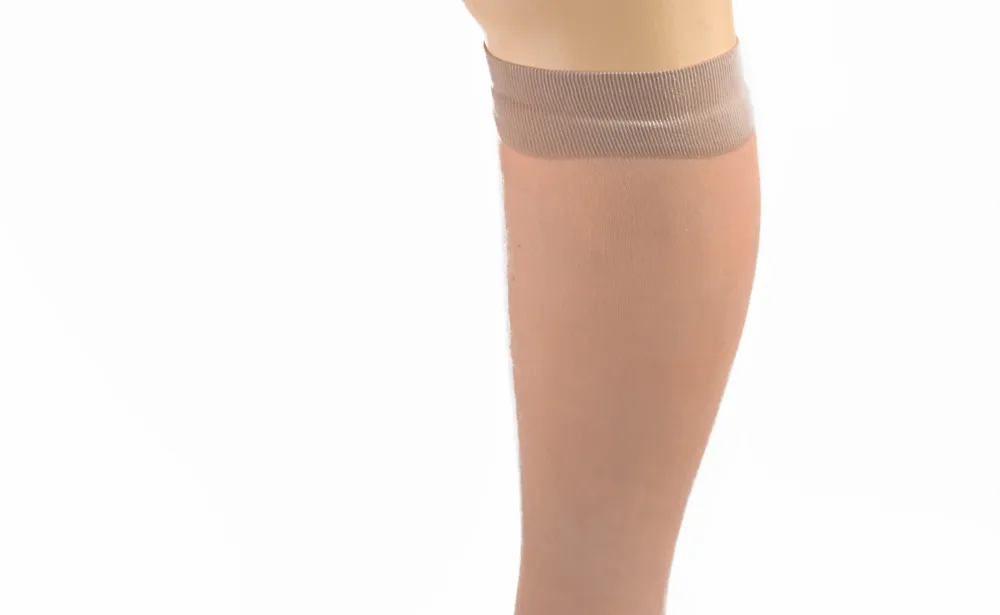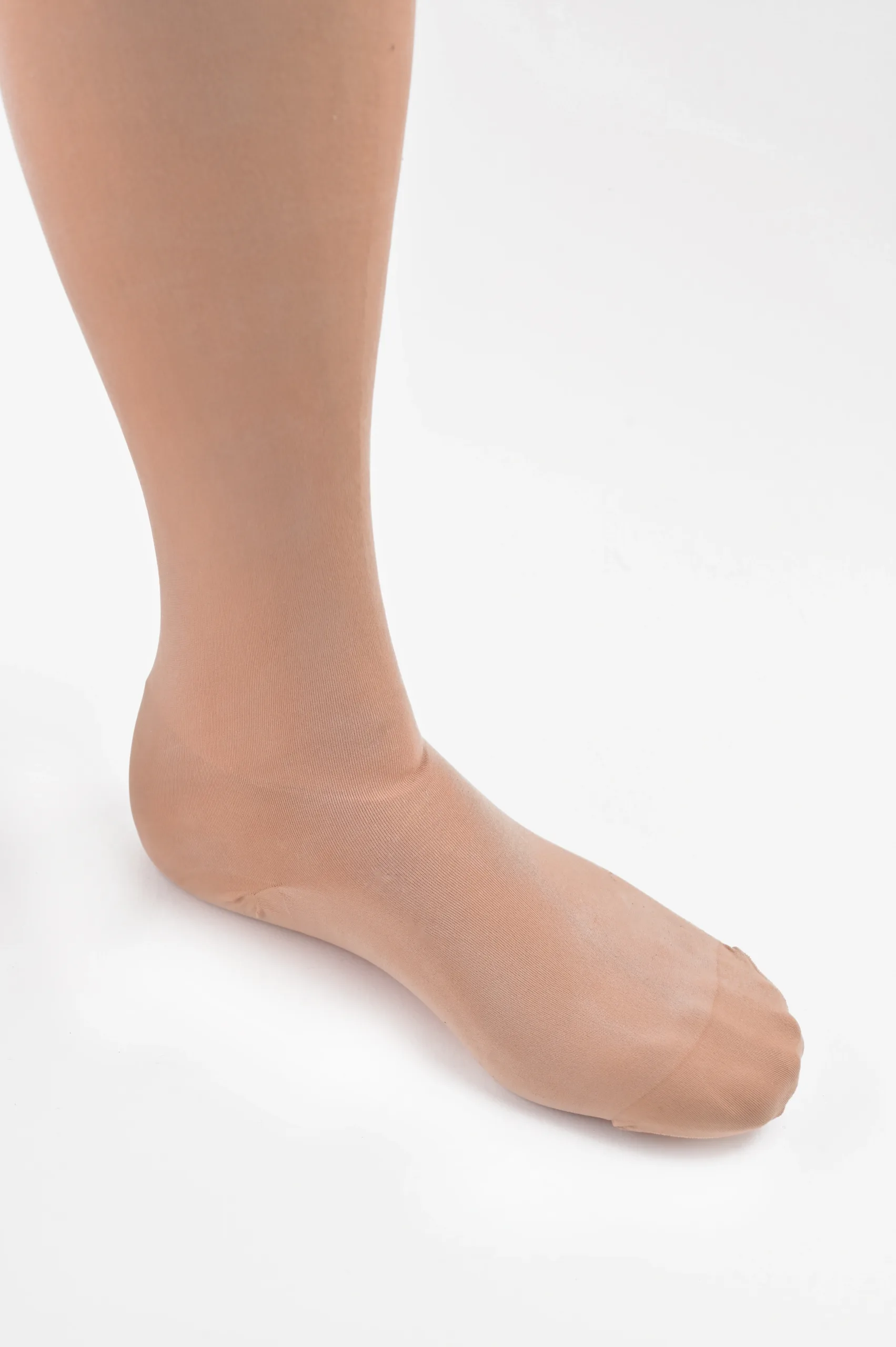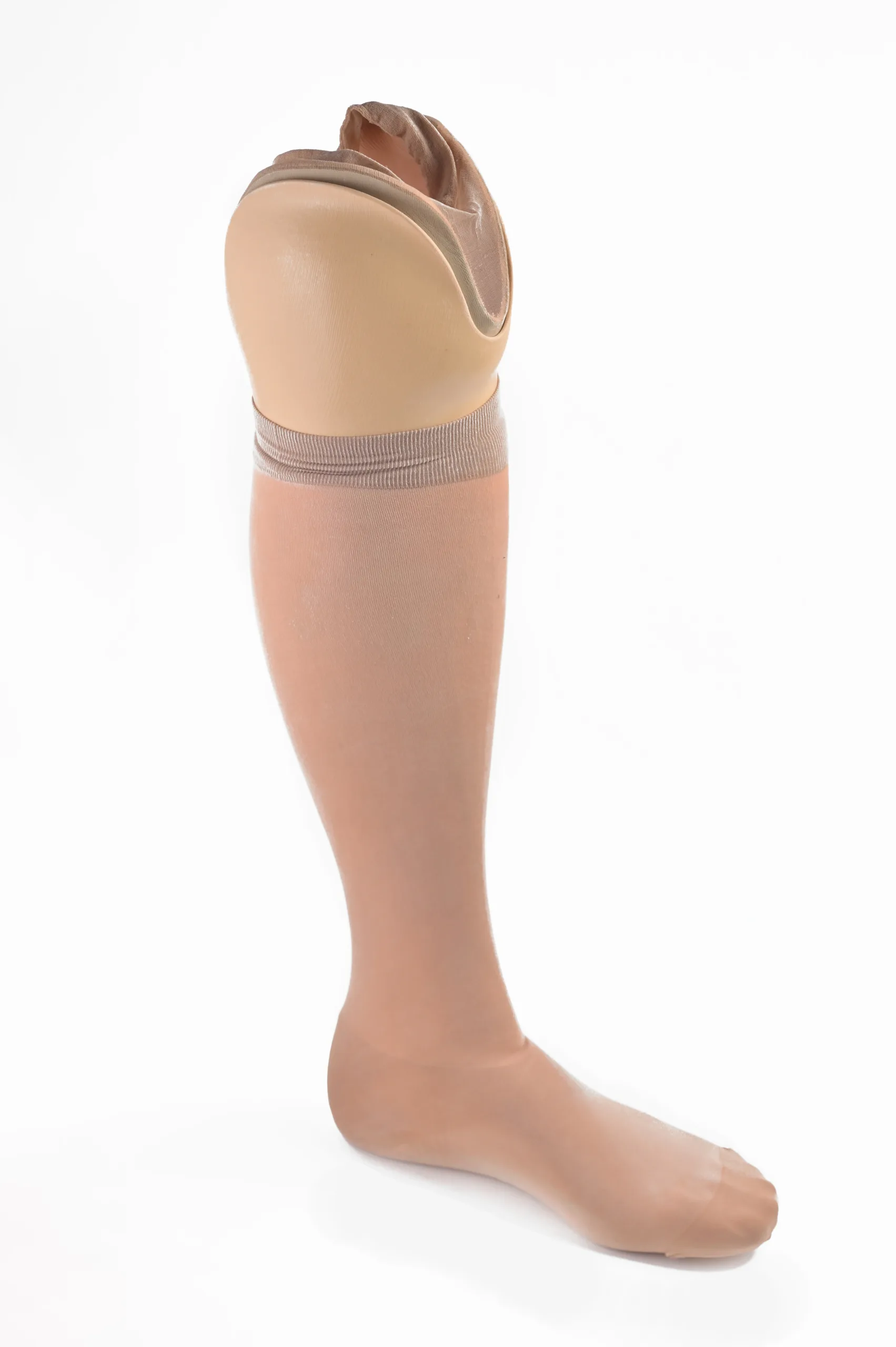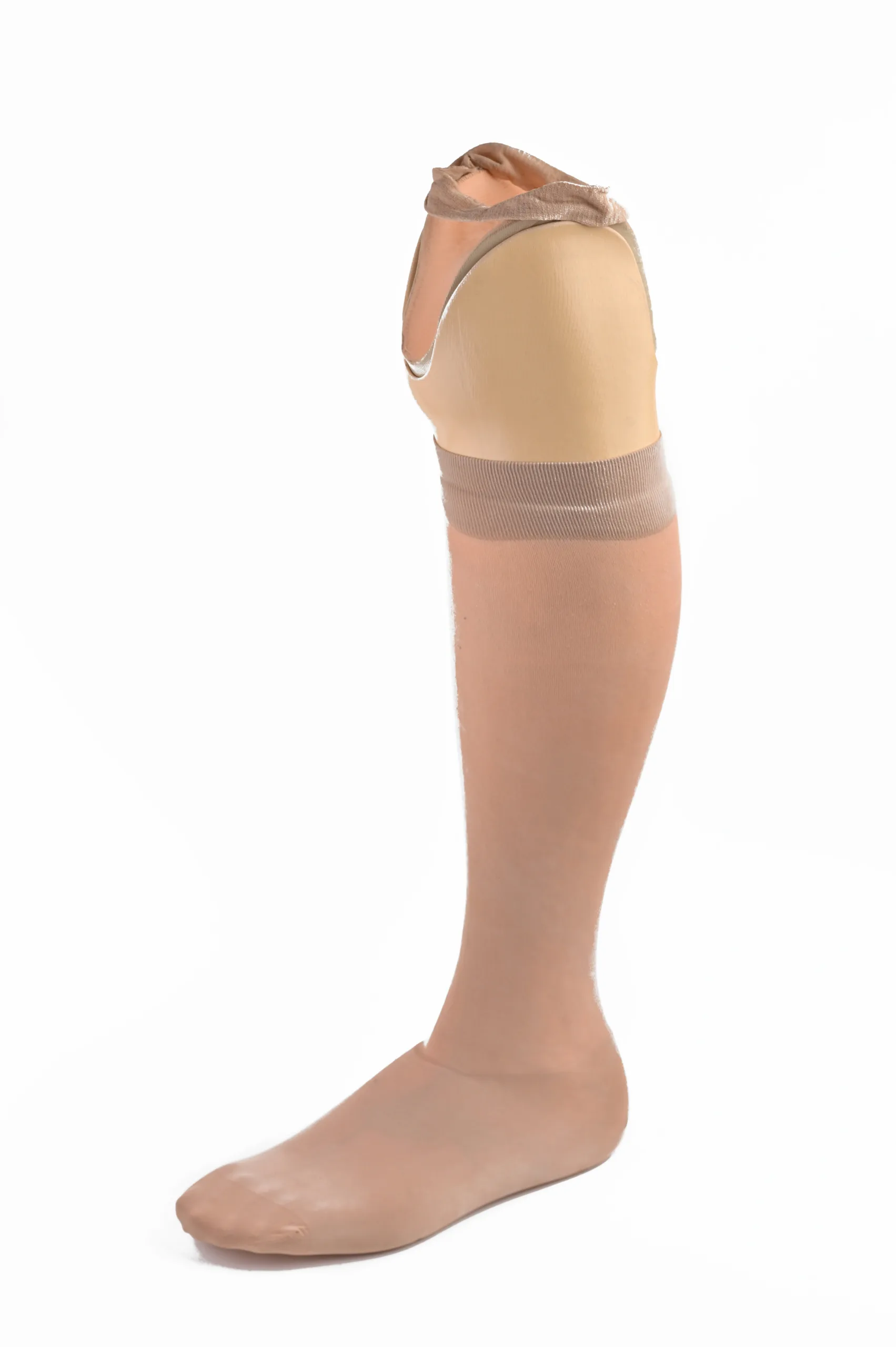Lower Limb Prosthetics: Customized Solutions for Amputations
There is a wide variety of prostheses, ranging from the simplest to the most advanced, all
designed to suit the causes and levels of amputation. Each prosthesis is specifically tailored to
the individual needs of each patient, taking into account their age, professional activity, and
lifestyle. Carbon fiber is highly sought after in the design of the socket to ensure a rigid yet
lightweight structure.
1. Tibial Prostheses
These are used for fitting after transtibial amputations.
A tibial prosthesis consists of
the following elements:
- A socket that supports the patient's weight and transmits movements from the residual limb during walking.
- A prosthetic foot that ensures ground contact.
2. Femoral Prostheses
Femoral prostheses are for patients with amputations above the knee. The loss of the
knee joint presents a significant challenge, requiring specific rehabilitation and
appropriate prosthetic fitting.
A femoral prosthesis typically consists of:
- A socket that supports the patient's weight and transmits movements from the residual limb during walking.
- A prosthetic knee that provides stability while walking
- A prosthetic foot.





